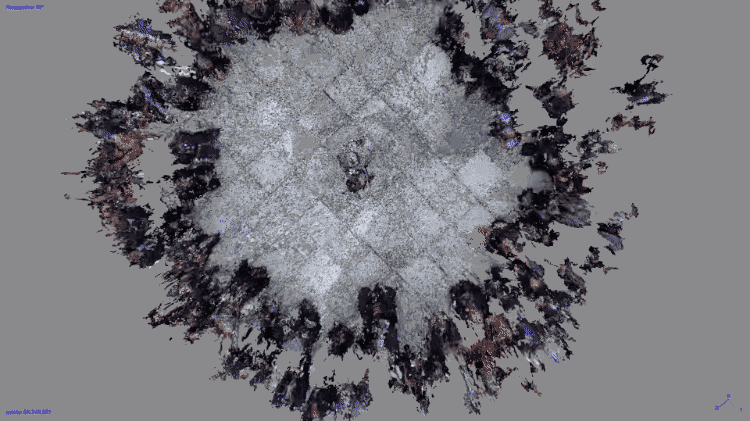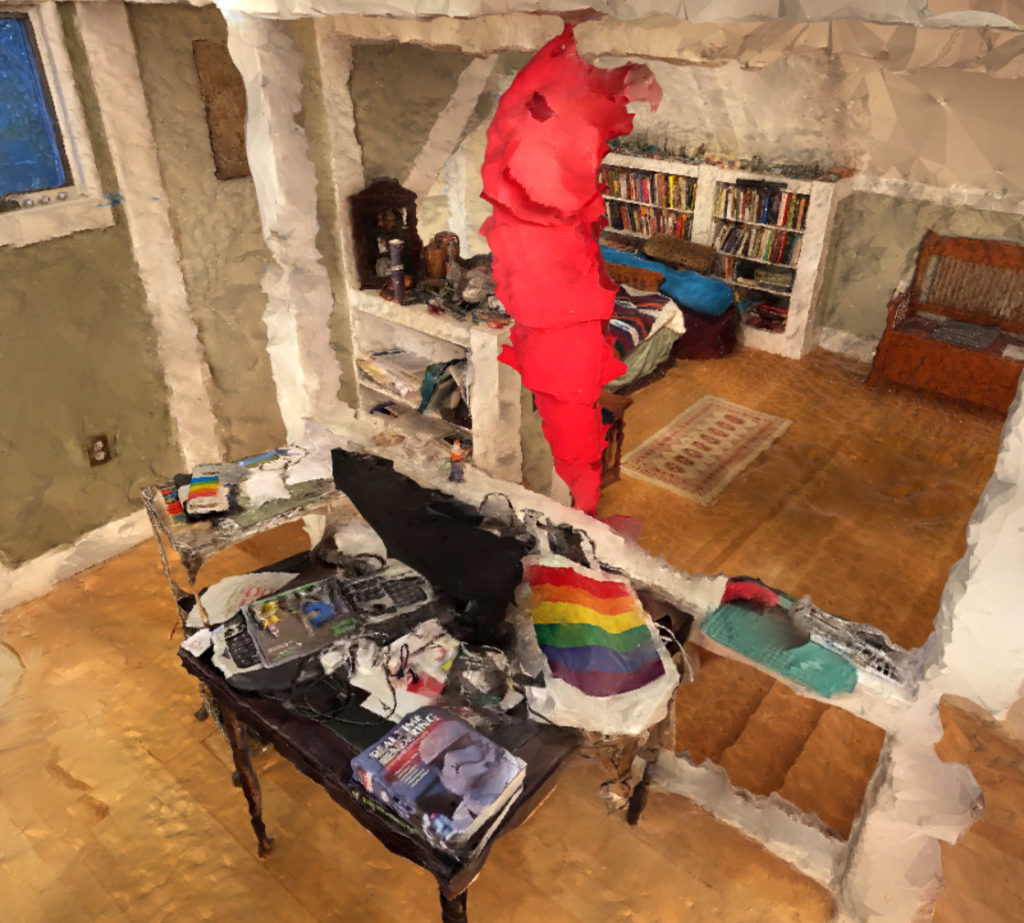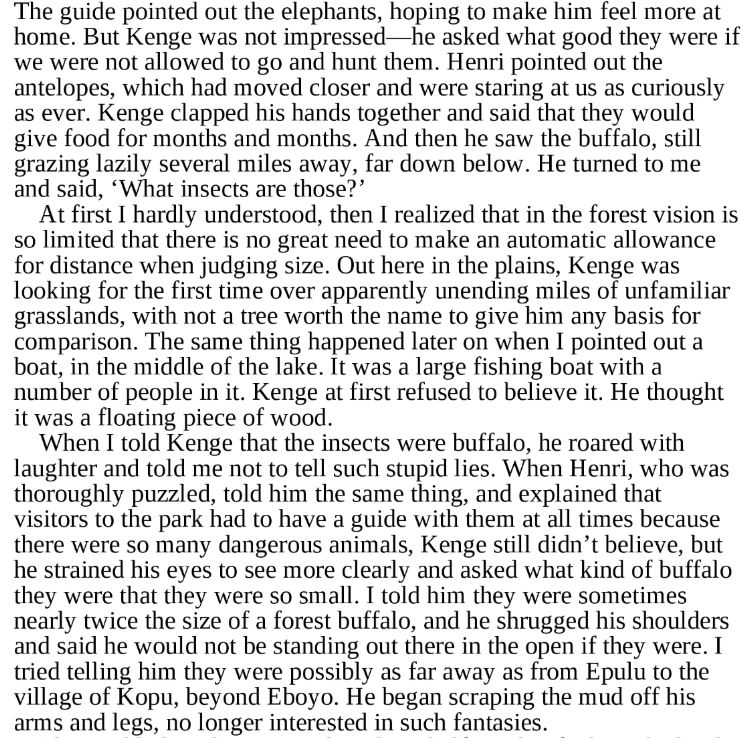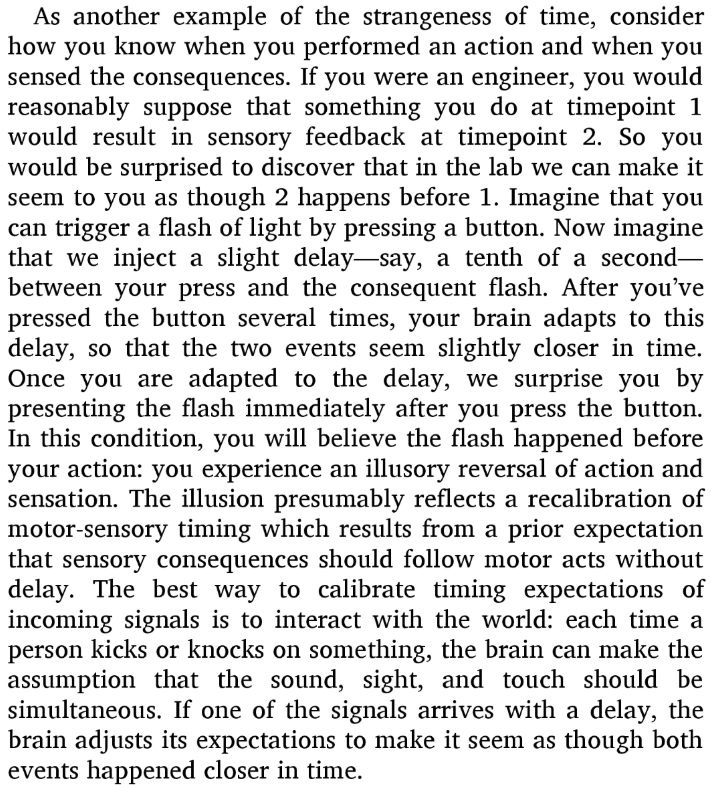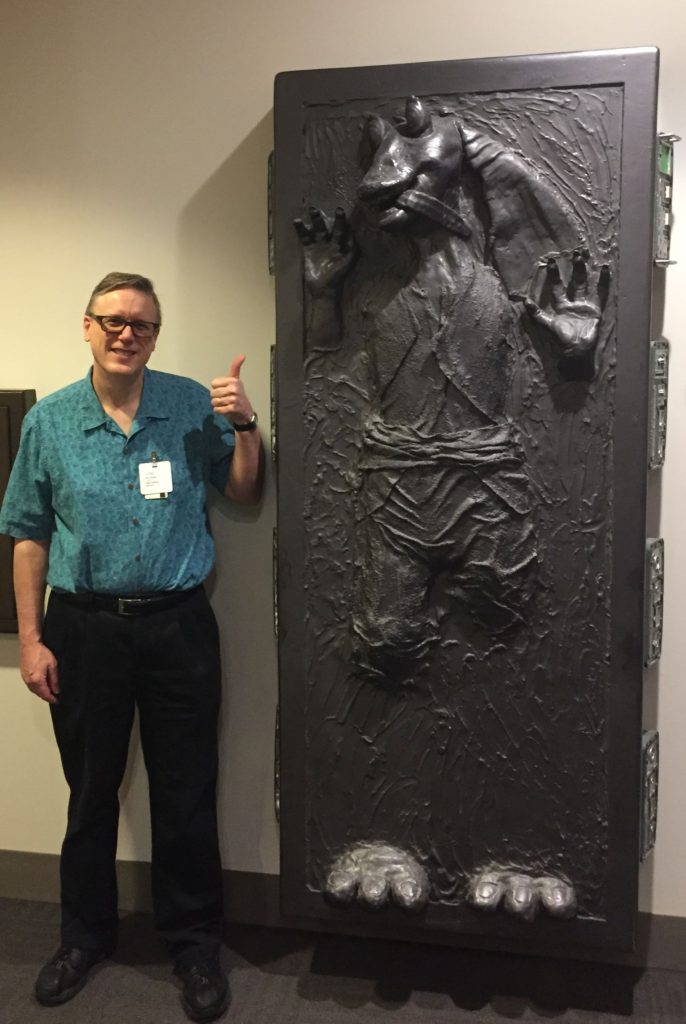I’ve been collecting too many links, with all of them begging me to share them. Here’s the triage:
- High Performance Graphics 2020’s call for participation is up. Key due date is April 16th (but you need to register the paper 3 days earlier than that). Retweet here.
- A high-res scan of a Nefertiti sculpture is now available. The story of it being freed up after a three-year effort is a good read, with a knee-jerk “we own it” attitude by the museum. I hadn’t heard of “the gift shop defense” before, and them carving a CC license in the base is pretty ironic, given how much they were defending not releasing it. He’s now pushing on the Musée Rodin for The Thinker. The Nefertiti file is in OBJ format with textures – it’s pretty nice, 12.8M tris. Download from the page using the link in the upper right, despite what the text below says; you can also view and download it on Sketchfab. (thanks to Adam Marrs for the link)
- Fascinating inverse rendering applications with Mitsuba2’s differentiable renderer – see the video from 2:38 to 4:50 in particular. Code’s not available yet.
- Trying to explain ray tracing to your relatives during the holidays? Of course you are. Here’s my contribution to the cause (or with Mandarin subtitles), in good part based on Pete Shirley’s Intro to RT talk (see links at the bottom of the page). Tweeted here.
- Thanks to a number of people, much of the ancient globillum mailing list archive is now available for download. If you know of a good email text file viewer, please let me know.
- I’m in the wrong field. People research the rubber pencil illusion, about the only magic trick I learned as a kid. Research into the RPI is here and here, which conclude that the pencil’s appearance of rubberiness is affected by different factors. This so needs a good three.js demo. I also want to see a character in some expansion of the game Control explain how this phenomenon is actually a paranormal event.
- Someday the photographer for your wedding will ask “crowd-source point cloud or laser scan?” – article; model on Sketchfab.
